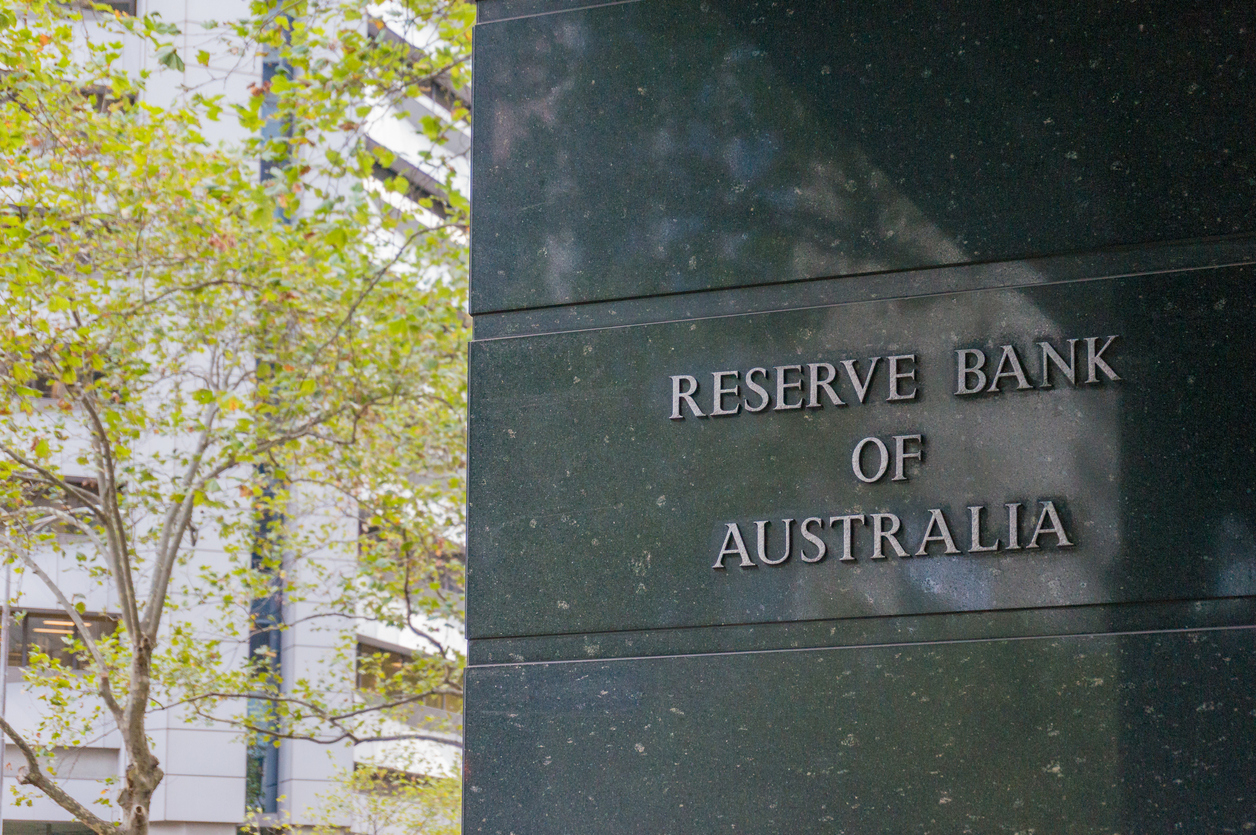Construction Costs Dragging Down Home Building
Construction costs have been highlighted as the biggest factor to constrain new residential development during the last quarter of 2021.
According to NAB’s latest quarterly residential property survey, construction costs were a very significant constraint in Western Australia and a significant constraint in all other states.
The Reserve Bank of Australia’s statement on monetary policy showed that while investment in housing was unchanged in the third quarter of 2021, there was still a large pipeline of residential construction work to be completed.
This includes more than 120,000 new dwelling projects that started construction in the second and third quarters of 2021.
The forecast is that dwelling investment will remain high as construction projects in the pipeline are completed, on the back of resilient construction activity in the third quarter of 2021 despite pandemic restrictions.
The RBA also said people spending more time at home had fuelled a desire to improve their homes and this had added to solid construction activity and investment.
Household income and wealth growth, and population growth after international borders are reopened, are also expected to increase the levels of residential construction for several years.
The RBA said that it was possible supply constraints could “intensify or persist for longer than expected”.
It said such constraints were mostly due to increased demand and temporary disruptions due to the pandemic preventing supply being able to respond to that demand fast enough.

Labour availability was also a key concern in the NAB Survey, second only to construction costs, and affecting WA and NSW the most.
The RBA reported that firms in the construction section were struggling to find labour, particularly for specific high-demand skills.
It also predicts this could ease as international borders reopen to skilled migrants despite some firms reporting higher staff turnover than usual as workers move for higher pay.
The RBA predicts that by mid-2022 the strong demand for labour will result in a lower unemployment rate and a decreasing underemployment rate, with an increase in hours worked for existing staff.
It is says Omicron will disrupt labour supply albeit temporarily and that employment growth will rise before levelling out in 2023.
The RBA’s predictions, particularly around how a decrease in unemployment and growth in wages may increase inflation in 2022, were deemed too conservative by the Commonwealth Bank of Australia.
“The RBA has significantly upgraded their forecast profile for underlying inflation, but it still looks conservative over 2022 relative to our forecasts,” the CBA said.
“The RBA has downwardly revised their profile for the unemployment rate and now forecast it to be 3.75 per cent at both the end of 2022 and 2023.”
The CBA now expects the RBA will raise the cash rate in August of this year.













